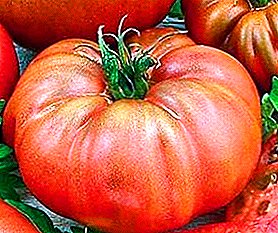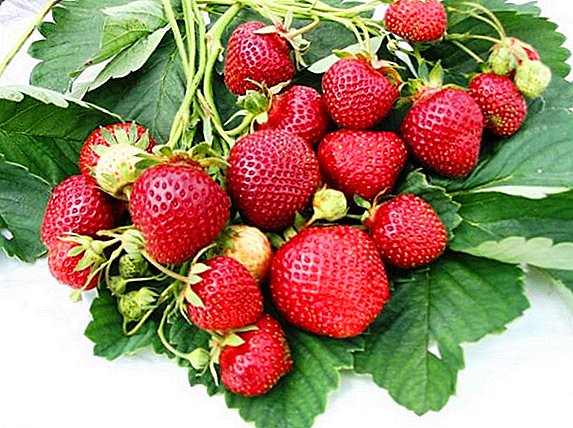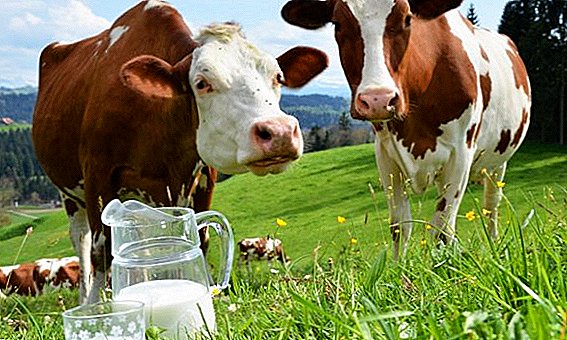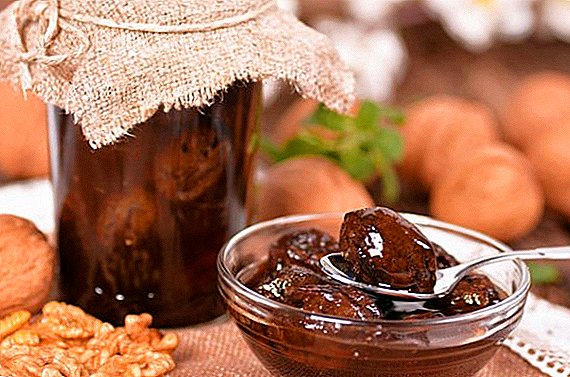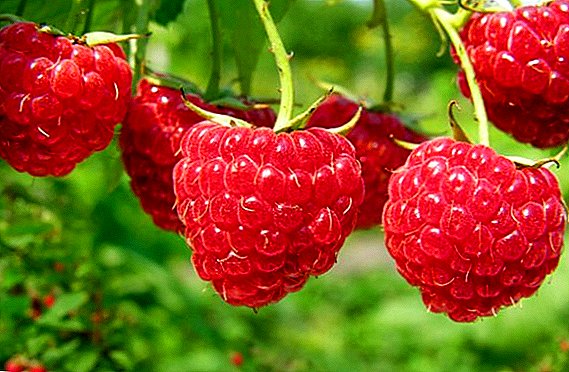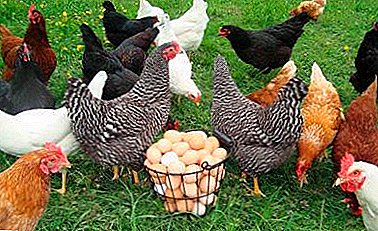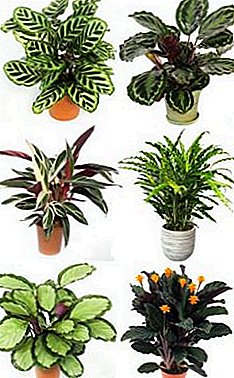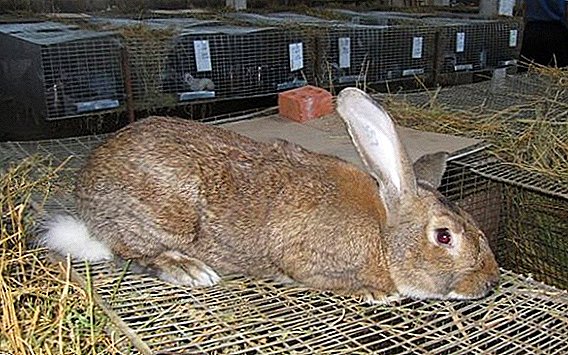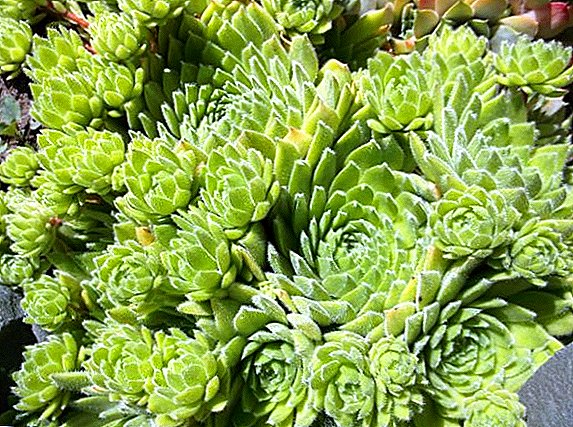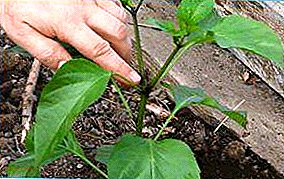
Consensus that whether to form the crown of the bush sweet pepper, has not yet happened. Many gardeners still believe that the seedlings were enough for them, now let the plants grow themselves.
Enough of what's behind them you still have to take care. In some cases, this is true, especially when it comes to undersized varieties.
They have a weighty advantage for working gardeners who cannot come to the plots in the middle of the week. So-called "Sunday" gardeners-amateurs visit their sites on weekends, water them and limited to on-duty care for plants. Formation of peppers in the greenhouse, as such, they are not interested.
What is it for?
With a serious approach to the cultivation of different varieties of sweet pepper (about the peculiarities of growing pepper in the greenhouse, read the link), the question arises of increasing its yield. Pepper in the greenhouse - bush culture, and the correct formation of the bush significantly affected on the ability to bear fruit and fruit ripening speed.
In areas of the middle belt, where summer is shorter and cooler, it is necessary to grow peppers mostly in greenhouses. Under these conditions, the artificial restriction of the appearance of new ovaries allows for the maturation of those that already exist.
Moreover, one can purposefully influence plants with the aim of directing their efforts either to increase the number of fruits or to enlarge them. Usually, of course, interest in crop quality wins. Farmers and experienced gardeners do not neglect this opportunityespecially when it comes to tall varieties.
If you, besides the peppers, have cucumbers planted in the greenhouse, then you can learn about the formation of their cups, as well as the compatibility of cultivation with pepper, on our website
Value for different varieties
 Tall varieties of peppers can not grow without the formation of the crown of the bush and tying each branch. Varieties of medium size can be satisfied by removing the lower processes and fruitless twigs.
Tall varieties of peppers can not grow without the formation of the crown of the bush and tying each branch. Varieties of medium size can be satisfied by removing the lower processes and fruitless twigs.
This plant gets rid of overhead on their content, and also improves the illumination and ventilation of all elements of the bush.
If the variety is undersized, and even less dwarf, then it is not worth forming it at all. Is it only in the case of too dense planting seedlings. it entails increased foliage density, is fraught with plant diseases and slowing their development. In this case, willy-nilly, you will have to deal with the formation of the crown of bushes, otherwise the situation will be unimportant with the harvest.
How to shape a bush?
The harvest of greenhouse-grown peppers directly depends on how well the bushes are formed. For different varieties apply various forms of formation. Also, the nature of the formation depends on whether the greenhouse is heated or not.
Pepper bush formation includes in such stages:
- determination of the correct planting scheme;
- removal of a crown bud, one or several;
- burying, or removing extra shoots;
- deliverance of plants from excess leaves and fruitless shoots;
- nipping skeletal branches.
Attention: operations within the formation of pepper bushes are allowed exclusively for plants completely healthy. Working with shears or scissors without disinfecting them after each plant, you can, without noticing it, transfer the disease from the diseased plant to healthy ones.
Consider the stages of the formation of the bush in more detail.
Pepper planting scheme
Usually on pepper seed packaging there is a recommendation regarding planting patterns for this variety. It is determined, as a rule, on the basis of the size to which the bush can grow.

On how to distribute the sprouts when planted in a greenhouse, we must think in advance. If the variety is stunted, then with the optimal pattern of planting it will not have to be staved. But the tall variety of this procedure will not be avoided in any case.
With this feature pasynkovaniya straight depend on from that what scheme planted plants. As a matter of fact, each greenhouse has an individuality, therefore it is necessary to search for the optimal landing pattern for your greenhouse. I'll have to experiment a bit, but it's worth it.
Removal of corona bud
Crown bud (or crown flower) is called flower ovary, formed in the first fork on the main stem - pepper stem. Pepper first grows one stem, up to about 15-20 cm, it depends on the variety. Then it begins to branch, and to ensure proper branching, the coronary bud is immediately removed. This provides improved nutrition for ovaries located higher fork.

Masking
The purpose of the operation is the redistribution of juices and nutrients in favor of improving the quality of fruiting. Pepper, as one of the crops most often grown in greenhouses, needs careful shrub formation. And pasynkovanie is an instrument of such a formation.
Begin to use this tool should be early in order to form a bush as needed. Ganging is the removal of lateral shoots that appear in the process of stem growth.
Wherein flowers are also removedthat are interpreted as barren, and extra leaves. Why waste the power of plants and nutrients? That removes all unnecessary, following the principle of expediency.

Here is the order in which it is done. At the beginning, as already mentioned, a stalk appears. 2-3 escapes are left on it, the strongest, of those that are released from the fork with a crown bud. This is the shoots of the 1st order. They are called skeletal, because they really play the role of the skeleton of the whole bush as a whole.
All other shoots are cut to the top, which is the growth point. Usually at this time already there are 10-12 leaves on a bush.
Skeletal branches are subject to the same ability to branch. At the branch point, the so-called "fork", at one time also formed a bud. With a fork, we act according to the same principle: we leave a strong and healthy escape, we pinch the weak.
We prune the process, stepping up from the first leaf and flower bud. Bud, as a rule, remains on the main stem. Total recommend leaving 15-25 ovaries on one bush, then from them large fruits will turn out.
Each subsequent division is subjected to a similar treatment: the strongest escape is left, and the rest are removed after the first leaflet. The bush should have the following structure:

Figure 1 - Diagram of the structure of the bush of peppers grown in the greenhouse.
1 - main stem, or stem;
2 - shoots of the 1st order;
3 - shoots of the 2nd order;
4 - skeletal branches
Removal of excess leaves and fruitless processes
On the main stem, below the ramification, unnecessary shoots may appear and leaves. They must be removed immediately, and for this it is necessary to inspect the bushes of peppers more often. You also need to remove the leaves, which obscure the light of the ovaries and consume wasted juices.
If there is little light, then the fruits may well not start at all, even if the flowering occurred, and it was abundant. therefore extra leaves need to cut decisively unwavering hand.
Remove immediately should also unhealthy and damaged leaves. In this case, it does not matter where they grew up. Sometimes at the cost of timely removal of diseased leaves manages to save the whole bush.
When the fruits on the first brush reach the level of technical ripeness, the leaves on the stem of the pepper are pruned. Similarly, when the fruits on the second hand reach the same level of maturity, the leaves growing under it are cut off.
And so on, in the same way: we remove the leaves under the fruits. Just remember that the last such removal is done. no later than six weeks before the planned completion of the harvesting. We must finally leave the plant alone and allow it to work in full force in the season finale.
Attention: in no case can not remove all the leaves at once, it will cause shock to the plant. You can cut 2 sheets at a time, no more, so as not to have a fatal outcome.
Nip skeleton branches
Having taken care of the formation of a proper amount of fruits on a bush, it is necessary to provide conditions for their ripening. For this you need stop the process of further formation of ovariesthen the forces of the plant will not be sprayed.

In pursuit of these goals, we make the last pinching a month and a half before the expected end of the season: we cut off the tops of all skeletal branches. By eliminating points of growth, it is possible to achieve focusing the bush on the maintenance of existing fruits.
Having tried to grow sweet peppers in his greenhouse, the quick-witted gardener will understand that the issue of the formation of the bush should not be neglected. It depends on how this problem is solved, what kind of harvest it will receive. Or plentiful, with fruits of choice and sweet, or unimportant, with a large number of fruits of small, not sparkling with any kind or taste.


